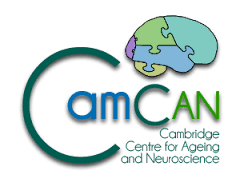CBSU bibliography search
To request a reprint of a CBSU publication, please
click here to send us an email (reprints may not be available for all publications)
The effect of positioning on the level of arousal and awareness in patients in the vegetative state or the minimally conscious state: a replication and extension of a previous finding
Authors:
Wilson, B.A., Dhamapurkar, S., Tunnard, C., WATSON, P. & Florschutz, G.
Reference:
Brain Impairment, 14(3), 475-479
Year of publication:
2013
CBU number:
7711
Abstract:
In 2005 Elliott et al published a paper entitled “Effect of posture on levels of arousal and awareness in vegetative and minimally conscious patients: a preliminary investigation” (p 298). Twelve patients, of whom 5 were in the vegetative state (VS ) and 7 in the minimally conscious state (MCS), were assessed with the Wessex Head Injury Matrix (Shiel et al 2000) when supine and when upright on a tilt table. The present study replicated and extended these findings by including a third position, sitting, in addition to supine and standing. We assessed 16 patients (8 in the VS and 8 in the MCS) with mixed aetiologies and compared the observed behaviours in three different positions (supine, sitting and standing) using the WHIM. Most patients, 75%, showed more behaviours when in the upright position, compared to lying down (p<0.003). Our findings are similar to those seen in the study reported by Elliott et al (2005). With regard to sitting, 62.5% of patients were more responsive when assessed sitting in a wheelchair (p<0.05) than in a supine position and almost 69% were better if assessed in an upright position compared to sitting. This was particularly true for patients in the MCS where 87.5 % did better if assessed on a tilt table or standing frame than sitting, suggesting that positional changes can have an effect on the level of arousal and awareness among patients in the VS and MCS.

 MRC Cognition and Brain Sciences Unit
MRC Cognition and Brain Sciences Unit

